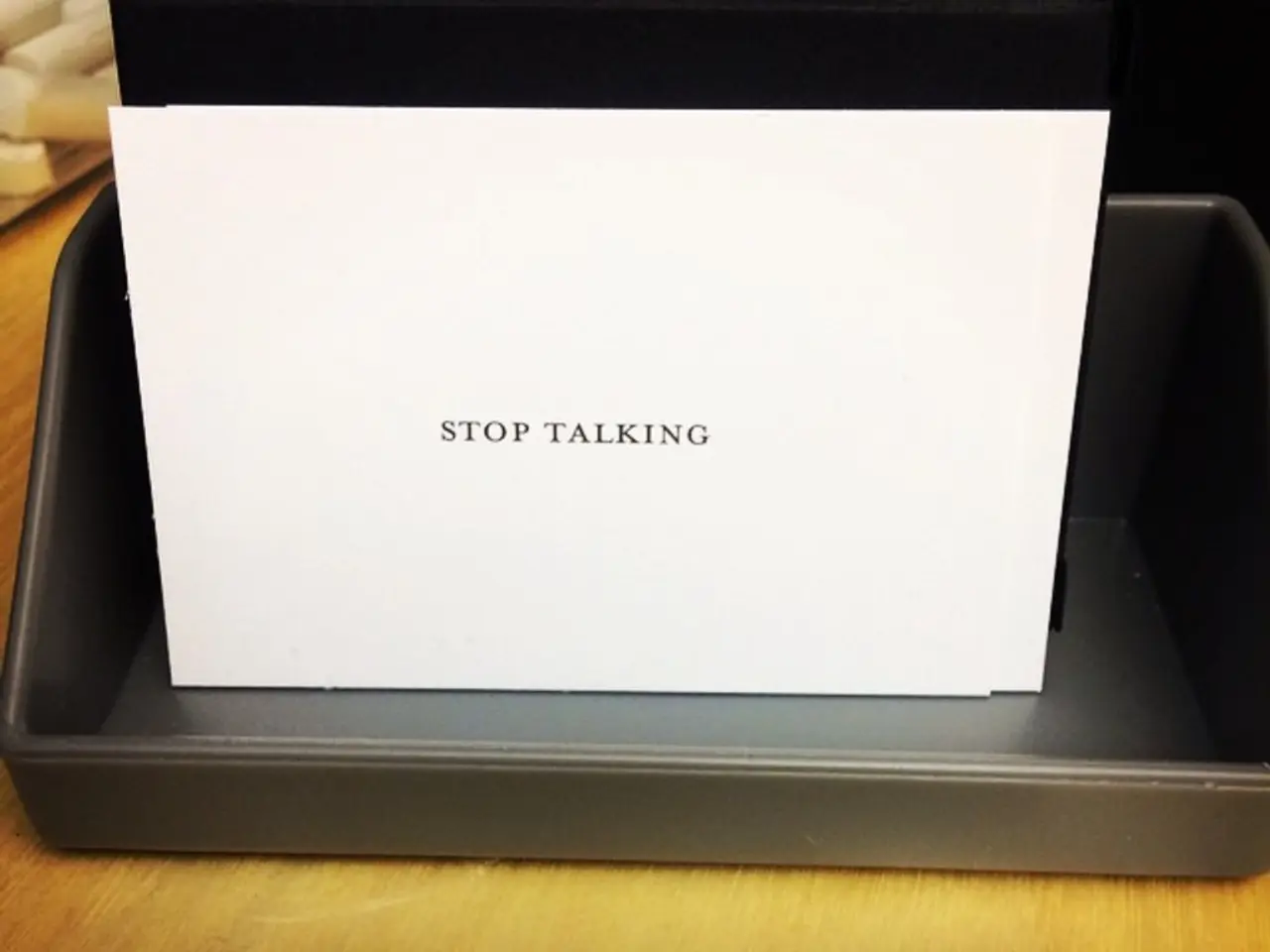Exploring the Creative Process with Andrew Huberman and James Hollis
The creative process, as suggested by renowned Jungian psychoanalyst James Hollis, is a captivating dance between action and stillness. This approach posits that insights can surface from the unconscious mind like a geyser, helping individuals tap into their unique gifts and the directions they need to take in life.
Hollis's practice encourages a duality in the creative process. On one hand, there's the "get up, shut up, suit up" mentality, emphasising the importance of taking action and getting things done. On the other hand, there's the essential practice of stopping completely to allow insights to surface from the unconscious mind.
One such practice is the power of stillness. By calming and relaxing the body and mind, we can access deeper imaginative and unconscious resources. Techniques such as slow, deep breathing and closing the eyes create spaciousness around us, enabling us to access our inner creative potentials. Stillness quiets the "mad mind" of the ego and encourages the arrival of unconscious fantasy images.
Another practice is the creative dance, a metaphorical or literal movement that invites bodily engagement and breaks habitual mental patterns. This helps re-engage the child-like wonder and openness essential for creative expression.
Embracing the shadow, acknowledging and integrating the "shadow" parts of the psyche, fosters a richer creative process. By inviting unconscious parts into dialogue, expressing them artistically or through ritual, and integrating these shadow elements ethically, we can unlock a deeper and more profound creativity.
Engaging in activities that are about 15 degrees off-center from your main creative outlet can also help unlock creativity. This represents openness to subtle changes that affect how one perceives and creates. For instance, Tim Armstrong, the musician and producer, uses drawing and painting to unlock his songwriting abilities.
Recognizing what's within us, especially our shadow aspects, is crucial for personal growth. According to Jung, all things, including rage and altruism, exist within us. No one is born without the capabilities for rage or altruism; they may be atrophied or hypertrophied in different people.
Hollis's practice is meant to be repeated daily for 10-15 minutes. Sitting with emptiness and silence can be a powerful creative practice. Engaging in activities that are slightly off-center from your main creative outlet can help spark new ideas and break stagnation.
In sum, these practices emphasise bodily relaxation, psychological openness, subtle shifts in perspective, and safe spaces for unconscious material—core ways to tap into creativity through imagination and inner work. By embracing these practices, we can unlock our innate creative potential and embark on a journey of self-discovery.
[1] Hollis, J. (2014). Finding Meaning in the Second Half of Life: How to Finally, Really Grow Up. HarperOne. [2] Johnson, S. A. (2018). Inner Work: Using Dreams and Active Imagination for Personal Growth. Shambhala Publications. [3] Stern, D. N. (2003). The Interpersonal World of the Infant: A View from Psychoanalysis and Developmental Psychology. Basic Books. [4] Austin, J. (2016). The Artist's Way: A Spiritual Path to Higher Creativity. Harper Perennial.
- Hollis's approach to creativity also emphasizes the integration of various aspects of life, such as science, health-and-wellness, and mental-health, as practices like meditation, deep breathing, and other relaxation techniques can promote physical and mental well-being, fostering a fertile ground for creative insights.
- In addition to traditional forms of creativity, education-and-self-development and personal-growth activities, such as engaging in activities that are slightly off-center from one's main creative outlet, can stimulate creative growth and serve as a means for personal transformation and self-discovery.




